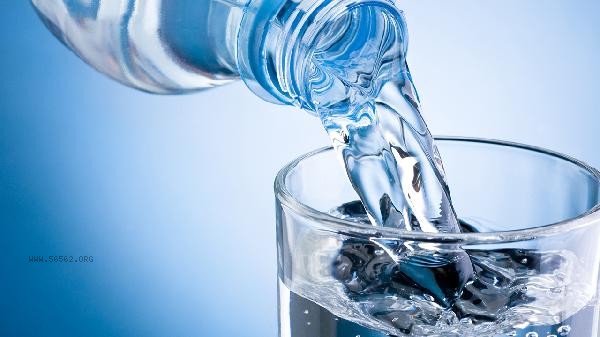Water flows from the side with low osmotic pressure to the side with high osmotic pressure. This phenomenon is called osmosis and is an important mechanism for water balance in living organisms.

Osmotic pressure refers to the attraction of solute particles in a solution to water molecules. When two solutions of different concentrations are separated by a semi permeable membrane, water molecules will move from the side with lower solute concentration to the side with higher solute concentration. This is because there are more solute particles in high concentration solutions, which have a stronger attraction to water molecules. In the human body, the cell membrane is a selective semi permeable membrane that allows water molecules to freely pass through but restricts the free movement of solutes. For example, in the process of urine formation in the kidneys, the renal tubules control the reabsorption of water by regulating the osmotic pressure difference. When the osmotic pressure of blood increases, the osmoreceptors in the hypothalamus stimulate the release of antidiuretic hormone, increasing the reabsorption of water by the renal tubules and maintaining fluid balance. In the medical field, special attention should be paid to the osmotic pressure of the solution during intravenous infusion. Isotonic solutions such as physiological saline have an equal osmotic pressure to plasma and do not cause changes in cell volume. Hyperosmotic solutions can cause dehydration of cells, while hypotonic solutions may lead to cell edema. In clinical practice, the water balance status of patients is often evaluated by measuring serum osmotic pressure, with a normal range of 280-300mOsm/kg. Abnormal changes in osmotic pressure may indicate dehydration, renal dysfunction, or endocrine disorders.

In daily life, infiltration can be understood by observing some phenomena. For example, when vegetables are pickled in salt water, they will lose water and become soft; And dried fruits will absorb water and swell after soaking. These phenomena all reflect the movement pattern of water from low-permeability areas to high permeability areas. understanding the principle of osmotic pressure helps to correctly understand the water and salt metabolism process in the human body, and can better cooperate with doctors' treatment recommendations when symptoms such as edema and dehydration occur.









Comments (0)
Leave a Comment
No comments yet
Be the first to share your thoughts!